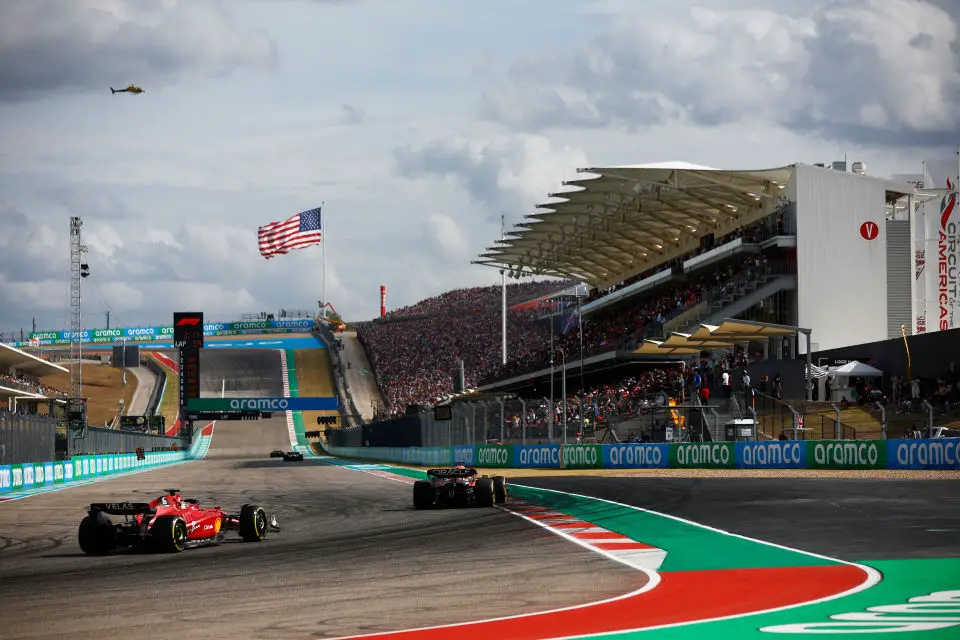FIA Targets 2026 for Simplified F1 Underfloor Plank Rules in Response to Hamilton and Leclerc Disqualifications
The FIA has announced its intention to simplify underfloor plank regulations in Formula 1 by 2026, following the disqualifications of Lewis Hamilton and Charles Leclerc at the United States Grand Prix. This decision is a significant step towards ensuring fairness and safety in the sport, directly linked to recent on-track incidents.
Key Takeaways:
- The FIA’s proposed changes to the underfloor plank regulations, set for 2026, follow the disqualifications of Hamilton and Leclerc at the Austin GP, emphasizing the need for standardization in this critical component.
- Currently, F1 cars must have a 10mm thick plank with minimal tolerance, vital for safety and performance. The FIA recognizes challenges such as circuit features and ground-effect car designs, which frequently lead to plank wear and performance issues.
- Nikolas Tombazis, the FIA’s Single Seater Director, acknowledges the difficulty in setting uniform standards, due to governance structures and team opposition. He emphasizes the importance of a significant simplification in the 2026 rules, despite previous challenges in implementing such changes.

In a move to address the complications surrounding one of Formula 1’s crucial components, the FIA has set its sights on revising and potentially standardizing the underfloor plank regulations by 2026. This initiative stems from the need to maintain a balance between performance enhancement and safety considerations, given the role of the plank in determining car ride height and aerodynamic efficiency.
The Austin Grand Prix last October turned the spotlight on this issue when limited practice time, parc ferme conditions, and the specific surface of the Circuit of the Americas contributed to excessive wear on several cars’ underfloor planks. Out of four cars inspected post-race, both Hamilton and Leclerc’s vehicles were found to have exceeded the permissible wear limit, leading to their disqualification.
The incident with Hamilton and Leclerc brought to the forefront a larger issue, suggesting that more teams could face penalties under stricter inspections. The plank, introduced in the 1990s to regulate minimum ride height for safety, prevents bottoming out of cars, which can lead to significant wear and aerodynamic problems.
Nikolas Tombazis highlighted the challenge of finding a balance between circuit design and car adjustments. The pursuit of lower ride heights for improved performance conflicts with the risk of damage to the plank. Tombazis stated, “We do need to make sure circuits, generally speaking, avoid features which may cause that. It’s a thin line between when it may be the responsibility of a circuit to sort out some features or detail and when the teams may just need to raise the car up more. We obviously will try to fix these areas with the circuits.”
He further explained, “Are the cars too low? Yes, we would rather they were riding a bit higher, but the inherent characteristic of a ground-effect car is that it tends to have more performance running low. That’s something I don’t think we can easily avoid. We tried to do a uniform skid [plank] in the regulations, but you have to realise that sometimes we do want to do things and then we still need to go through governance, and the teams need to vote for it. Sometimes, you don’t have enough support. So, for 2026, we believe we’re going to simplify very much that area that we couldn’t simplify as much as we would have liked for the current regulations.”
The FIA’s move towards simplification and potential standardization in 2026 is a significant step in addressing these complexities and improving the sport’s safety and fairness.


